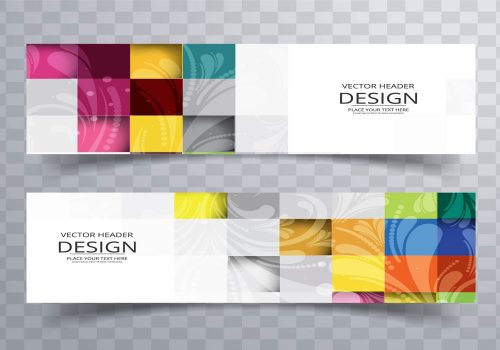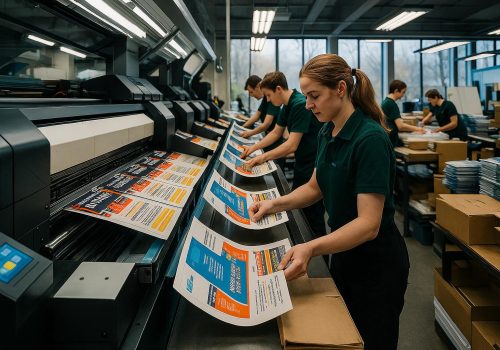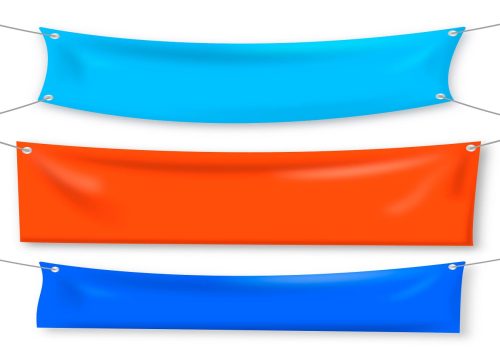Choosing The Right Path: Navigating Through Digital and Offset Printing Solutions
In the quest for the perfect print, businesses and individuals often find themselves at a crossroads, faced with a critical decision: digital or offset printing? This pivotal choice can significantly impact the quality, cost, and timeframe of a project. With an array of printing solutions flooding the market, understanding which method aligns with your unique needs can elevate your print game to new heights. This blog post aims to demystify the digital vs. offset dilemma, offering a comprehensive breakdown to help make informed decisions in your printing journey.
Understanding the Contenders: Digital and Offset Printing
Before delving into the specifics, it’s crucial to comprehend the essence of both printing solutions. Digital printing, a relatively modern technique, utilizes laser or inkjet printers to transfer a digital image directly onto the printing surface. It’s celebrated for its speed, flexibility, and customization options. On the other hand, offset printing, a time-honored classic, involves transferring an image from a plate to a rubber blanket, and then to the printing surface. This method is revered for its unparalleled quality and cost-effectiveness in high-volume projects.
Quality and Color Accuracy: A Side-by-Side Comparison
When quality is non-negotiable, understanding how digital and offset printing measure up is paramount. Offset printing is the go-to for those seeking perfection in color reproduction and clarity. Its ability to use custom inks, including Pantone colors, ensures unmatched color accuracy. Digital printing, while impressive, might fall slightly short in this arena, especially for projects requiring precise color matching.
Flexibility and Customization: The Digital Dominance
The age of personalization has pushed digital printing solutions to the forefront. Its ability to economically cater to small runs and offer variable data printing (VDP) – where elements such as text and graphics can be changed from one print piece to the next without slowing down the printing process – makes it a powerhouse for customized projects.
The Verdict on Volume and Cost
When it comes to volume and cost-efficiency, the scale tips in favor of each method based on the size of the job. Offset printing has a higher initial setup cost, making it less economical for small runs. However, for large-scale projects, it stands unmatched in cost per unit. Digital printing shines for small to medium volumes, offering a cost-effective solution without the need for significant setup costs.
Deciphering the right printing solutions requires a deep dive into the unique aspects of your project. Whether prioritizing quality, flexibility, cost, or volume, understanding the strengths and limitations of digital and offset printing can guide you to the best-fit solution for your printing needs. As the printing industry continues to evolve, staying informed and adaptable will ensure that your printing decisions always hit the mark.





